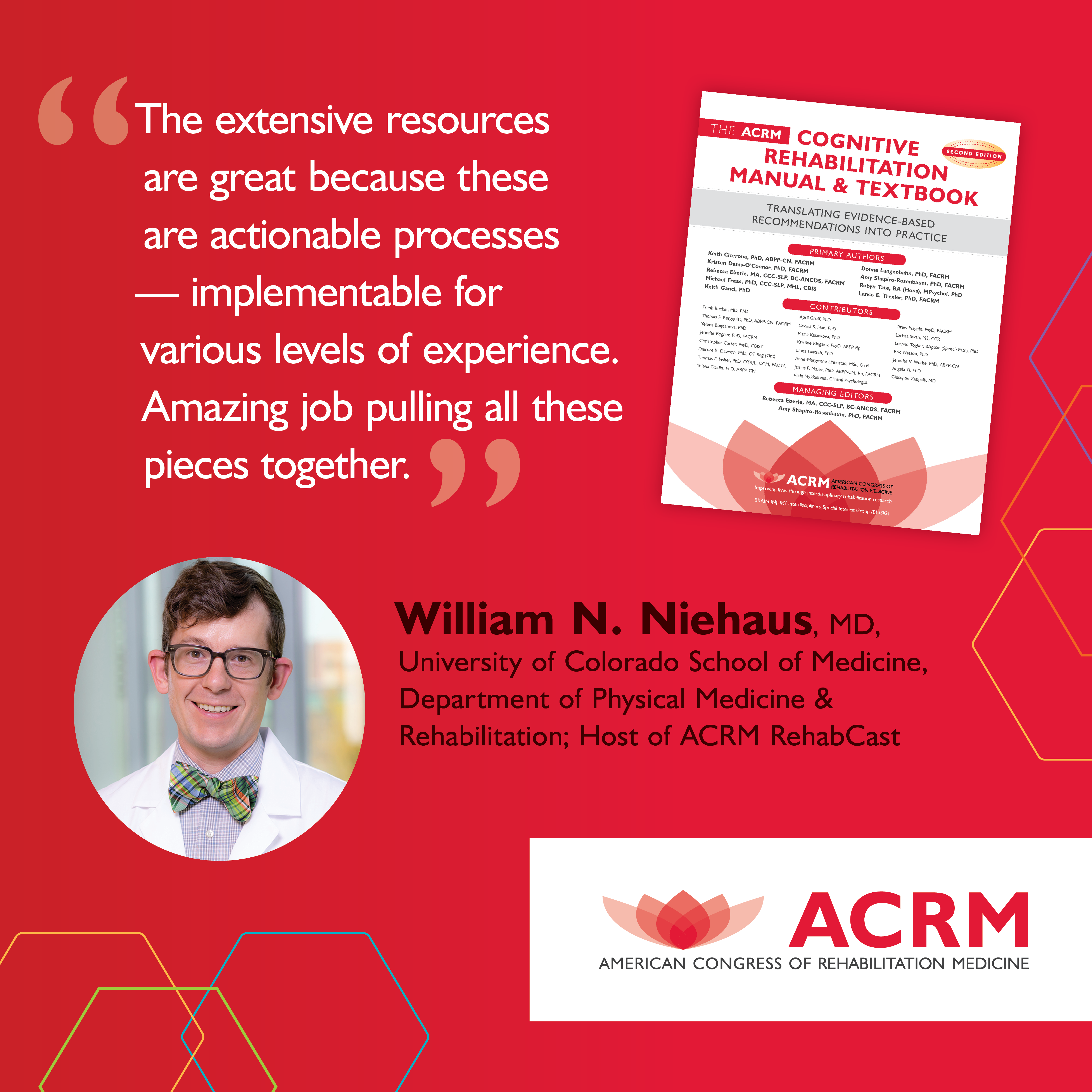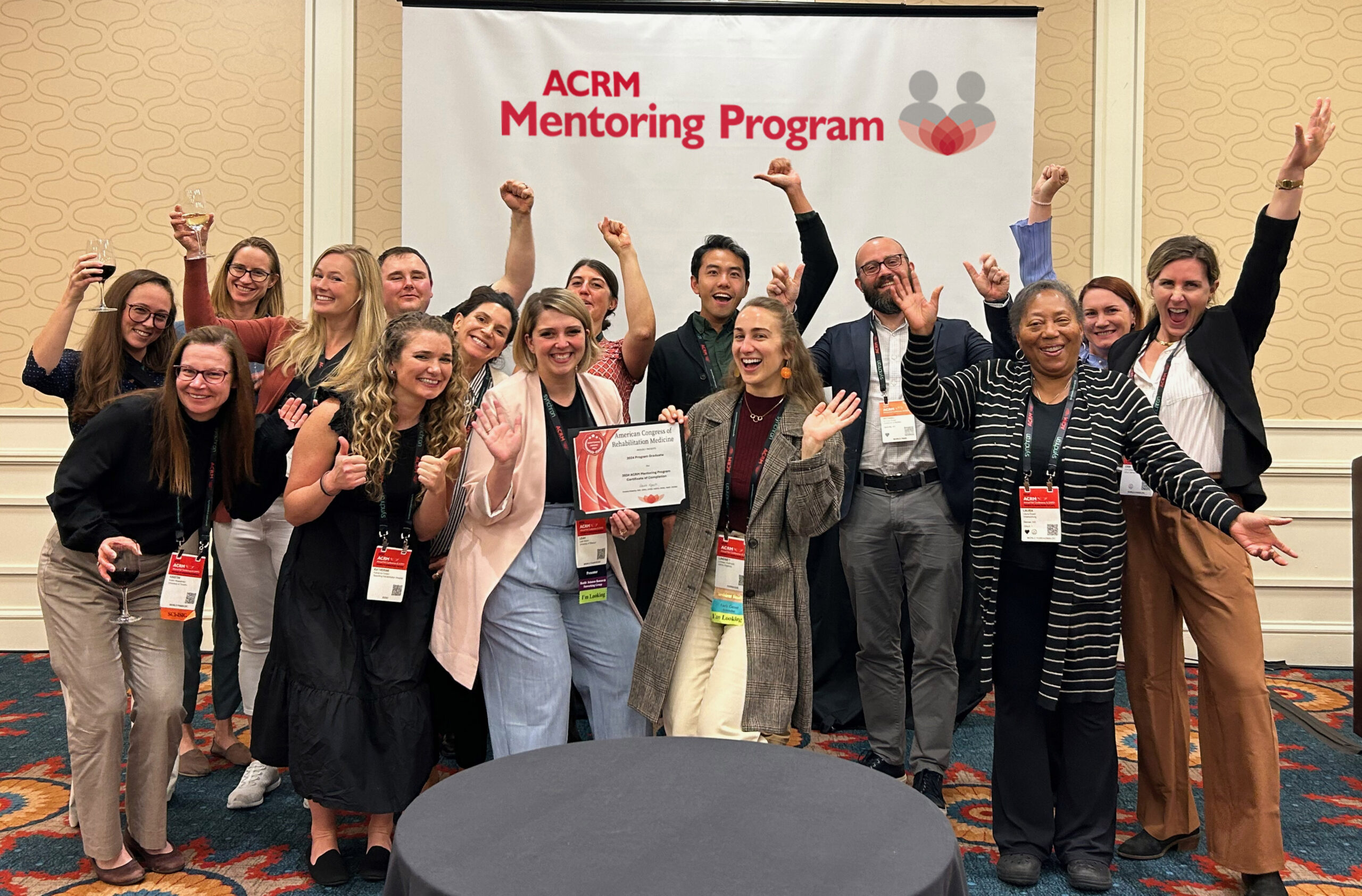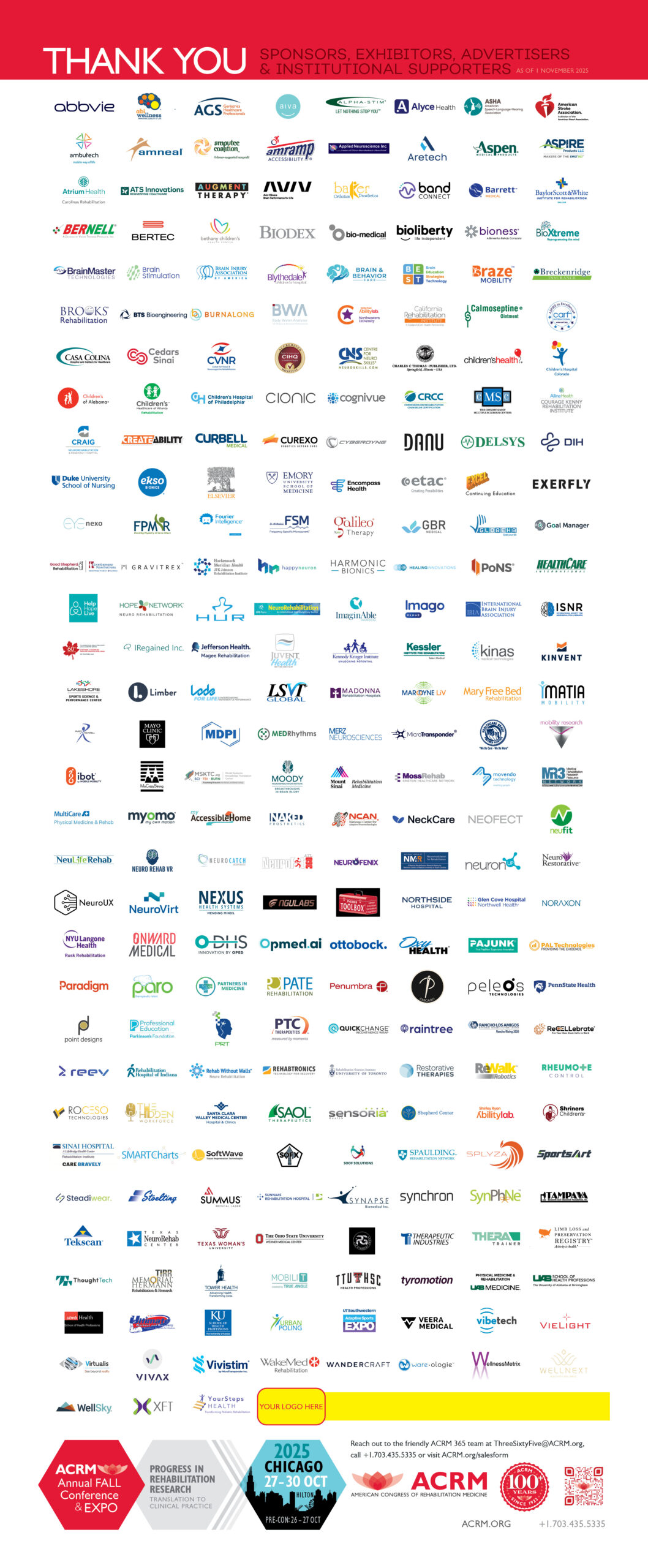Communication & Prognosis After TBI Task Force
*** Communication & Prognosis After TBI Task Force has completed their goals and is no longer meeting. ***
MISSION
The mission of the Communication & Prognosis After TBI Task Force is to develop projects and products that further the understanding of factors that influence long-term outcomes after TBI and how those factors are communicated to those who have sustained TBI and their families. The task force strives to contribute to the process of knowledge translation associated with prognosis in a way that helps professionals meet the needs of patients and families in understanding the long-term impact of TBI.
PURPOSE
To advance communication methods and procedures in the general and academic communities when providing information to those (and their family members) regarding their traumatic brain injury
RESPONSIBILITIES
- Study communication of prognosis in the brain injury population.
- Disseminate findings and recommendations in a way that encourages improved communication of prognosis in the brain injury population.
CURRENT PROJECTS
- Replication of a prior patient/caregiver perception of communication of prognosis in the brain injury rehabilitation community
- A new physician survey for ED physicians’ perception of communication of prognosis within the ED environment.
- A new provider survey for brain injury community providers.
- Initiate and complete a pilot study of survey of Emergency Departments. The purpose of this project is to better understand the information being disseminated regarding concussion and traumatic brain injury at different EDs across the country. We were interested in determining whether staff in emergency departments are:
- Handing out information/brochures/instructional sheets developed at their hospitals or obtained from other sources, regarding signs symptoms of TBI and what to do if these symptoms are present, or
- Distributing the CDC instructions to patients that are available on concussion, or
- Simply giving verbal information about concussion and TBI.
- Further Analysis of the Survey Project – This is a former project which resulted in a publication in the journal Professional Case Management. The surveys involved perceptions of information and satisfaction with information received regarding brain injury and its consequences. There were two surveys, one for caregivers and one for persons with brain injury. We considered performing confirmatory factor analyses on these surveys to see if we could reduce the length, getting rid of redundant questions, but this would require a minimum of 200 completed surveys: We only had 149 TBI respondents and 117 caregivers. In order to validate the measures, we would need to increase our sample size. Instead, we’re considering how to further explore and analyze the data we’ve collected, by looking more specifically at factors such as longer outpatient care or higher education level as predictors of better perception of information and greater satisfaction with information received.
2023 GOALS
- To complete our IRB submission for the three surveys.
- To disseminate the surveys.
- To increase the number of task force members as well as cross task force collaborations.
2022 ACCOMPLISHMENTS
- We have an active working group of individuals who have been meeting regularly via zoom once a month.
- We have three main projects underway
- Replication of a prior patient/caregiver perception of communication of prognosis in the brain injury rehabilitation community
- A new physician survey for ED physicians’ perception of communication of prognosis within the ED environment.
- A new provider survey for brain injury community providers.









